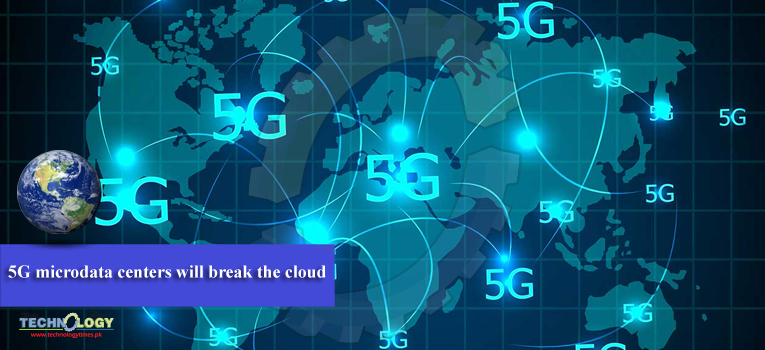5G is more than a successor to 4G. The new generation requires changes to infrastructure in order to deliver faster speeds and lower latency in the cloud and is the disruptive piece in the technology stack.

The massive development of infrastructure, especially at the microdata center level, is often overlooked compared to the 5G networks that are being rolled out by Verizon and AT&T, or the anticipated 5G mobile devices from companies like Samsung.
However, microdata centers are an important part of the 5G tech stack, and arguably the most disruptive.
Anthony Pellegrino, CEO of Mutable, discusses microdata centers and the public edge cloud. In a coherent interview, he explains that the advantage to microdata centers is having applications run on demand rather than storing them on the device.
In the case of autonomous vehicles, for instance, Ford either has to put redundant compute in thousands of locations, or with microdata centers, they can send a request for an application on demand.
Pellegrino also describes how offloading the decision making to the public edge cloud in microdata centers allows sensors and data to communicate with a car in real-time, which is essential for decisions that require executing in 5 milliseconds or less.
Microdata centers will play a critical function for IoT sensors (internet of things) that are monitoring air quality, energy use, and traffic patterns. With this data, new technology will emerge with solutions for smart parking, crowd management, and emergency response.